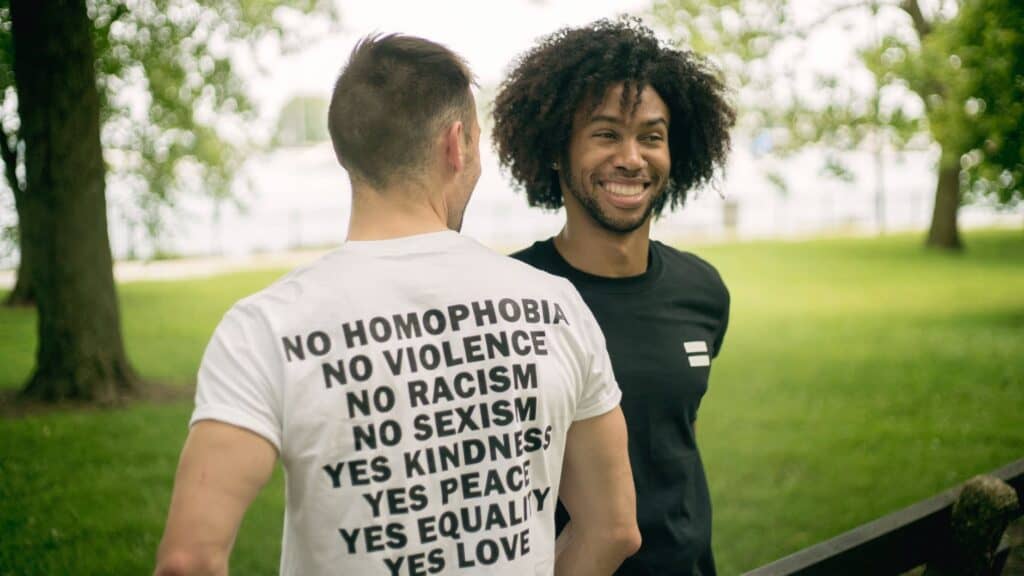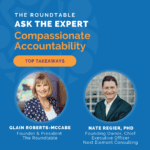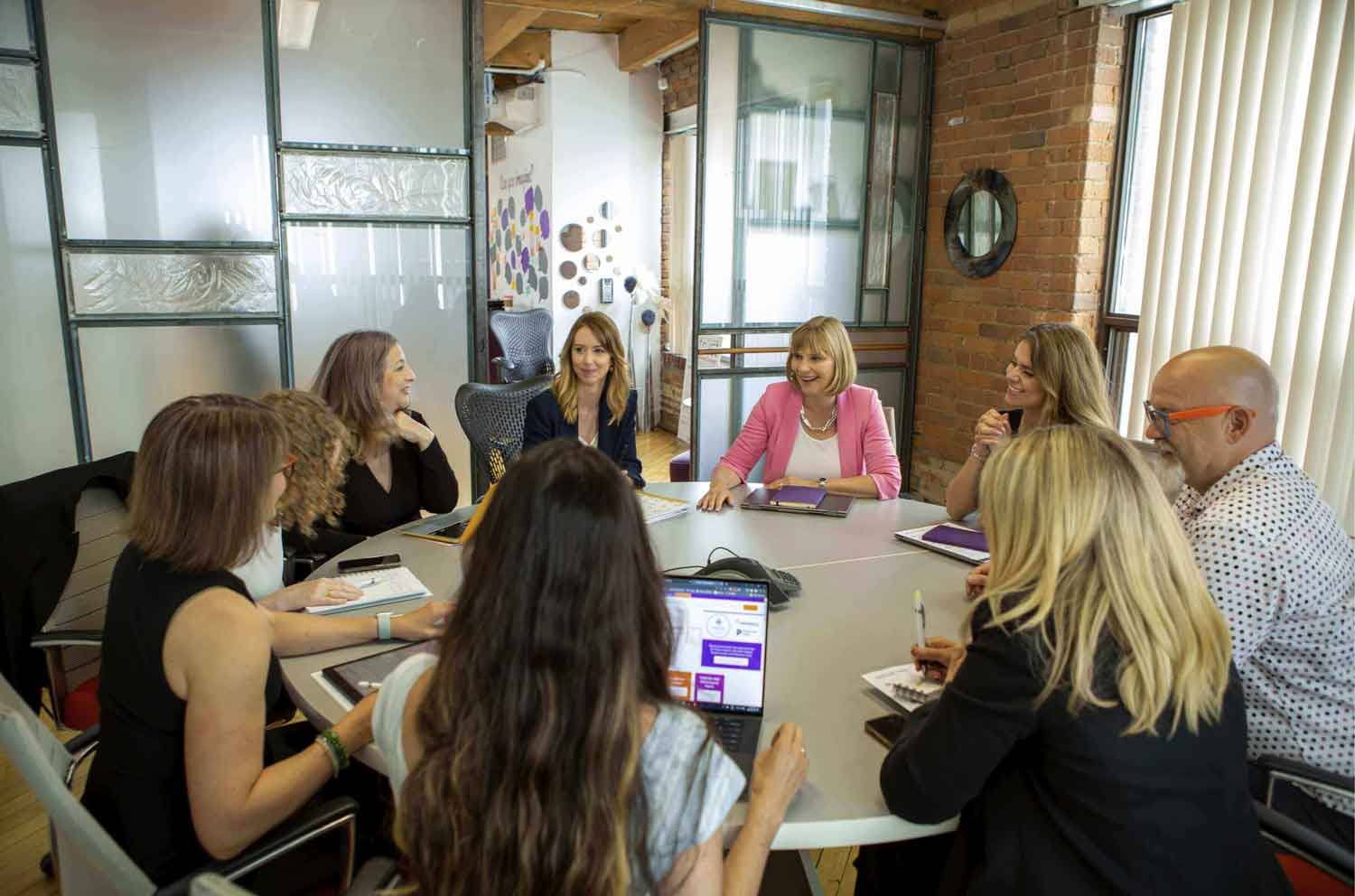It’s Pride Month, a month dedicated to the celebration and commemoration of lesbian, gay, bisexual, and transgender pride. It’s a time when organizations look to cultivate a safe, inclusive, and affirming educational environment. There’s no better time to talk about the importance of diversity and inclusion in the workplace.
While so many advances have been made, we still have some work to do… hate crimes are on the rise, and people who are LGBTQ2+ were twice as likely as heterosexual Canadians to report experiencing inappropriate behaviours in public (57% versus 22%), online (37% versus 15%) or at work (44% versus 22%) over the previous 12 months.
It’s impossible to imagine having to hide a key part of your identity. Yet, that’s what’s happening in many workplaces around the world as people fear discrimination, losing their job or not being accepted by their peers.
When we get inclusion right, it’s not just the right choice from a psychological safety standpoint, it’s also a profitable one. Companies that actively support their LGBTQ2+ employees see higher engagement, lower staff turnover and better financial performance.
How can we, as leaders, be allies and help to drive real change in our workplaces? Here are a few strategies:
1. Inclusion Isn’t a One-and-Done Training Session
A 90-minute lunch-and-learn on biases may increase tolerance, but it won’t get you the sustainable changes you need to shift mindsets and create an inclusive environment. Instead, make wise, strategic investments in consistent and ongoing learning.
2. Evaluate the Opportunities
While having an DE&I strategy in place is a much-needed first step, organizations need to take the time to really evaluate whether marginalized groups have the same access to opportunities for exposure and advancement as the stereotypical white male. To help build diversity across top roles, it’s critical to amplify understanding of unconscious biases and cultivating sponsorship for marginalized people.
3. Champion Visibility
Because you can’t be what you can’t see, it’s crucial for organizations to create a line of sight between senior leaders and a diverse group of high-potential leaders. L&D professionals should ensure that inclusion is reflected in any learning and mentoring programs. When looking at candidates, consider a diverse cohort of cross-functional peers. Group coaching programs, like our Catalyst program, give senior leaders a chance to see high-potential leaders in action in a group coaching setting. It’s an extremely effective way to forge new networks and help diverse talent rise through the ranks.
4. Move from Saying It to Doing It
You know the drill… every year in June, the posters go up, the rainbow-coloured social media comms are posted and the Pride flag flies. While these gestures are a symbol of the tremendous progress we’ve made over the last few decades, if there is a disconnect between what the company says and what it does, then these acknowledgements and acts of allyship can and will seem empty and hypocritical. All employees, whether they are from the LGBTQ2+ community or any other marginalized group, need to feel seen and heard. Having minority staff and having minority staff who feel safe to speak up are two very different things.
If you’re curious about how The Roundtable can help your organization develop an inclusive culture where leaders can support each other through coaching and mentoring, let’s start a conversation. And, be sure to check out our guide to group coaching.




